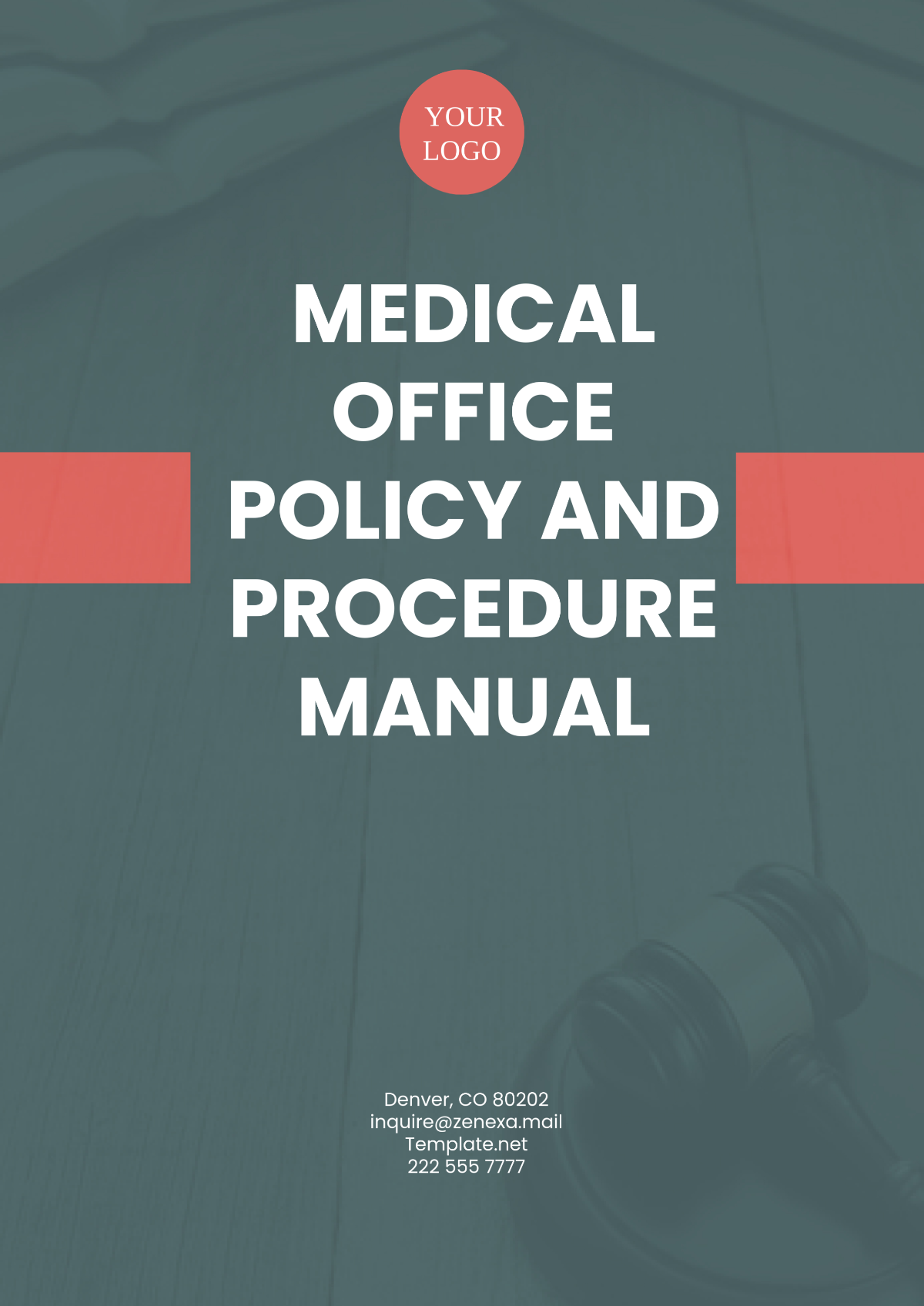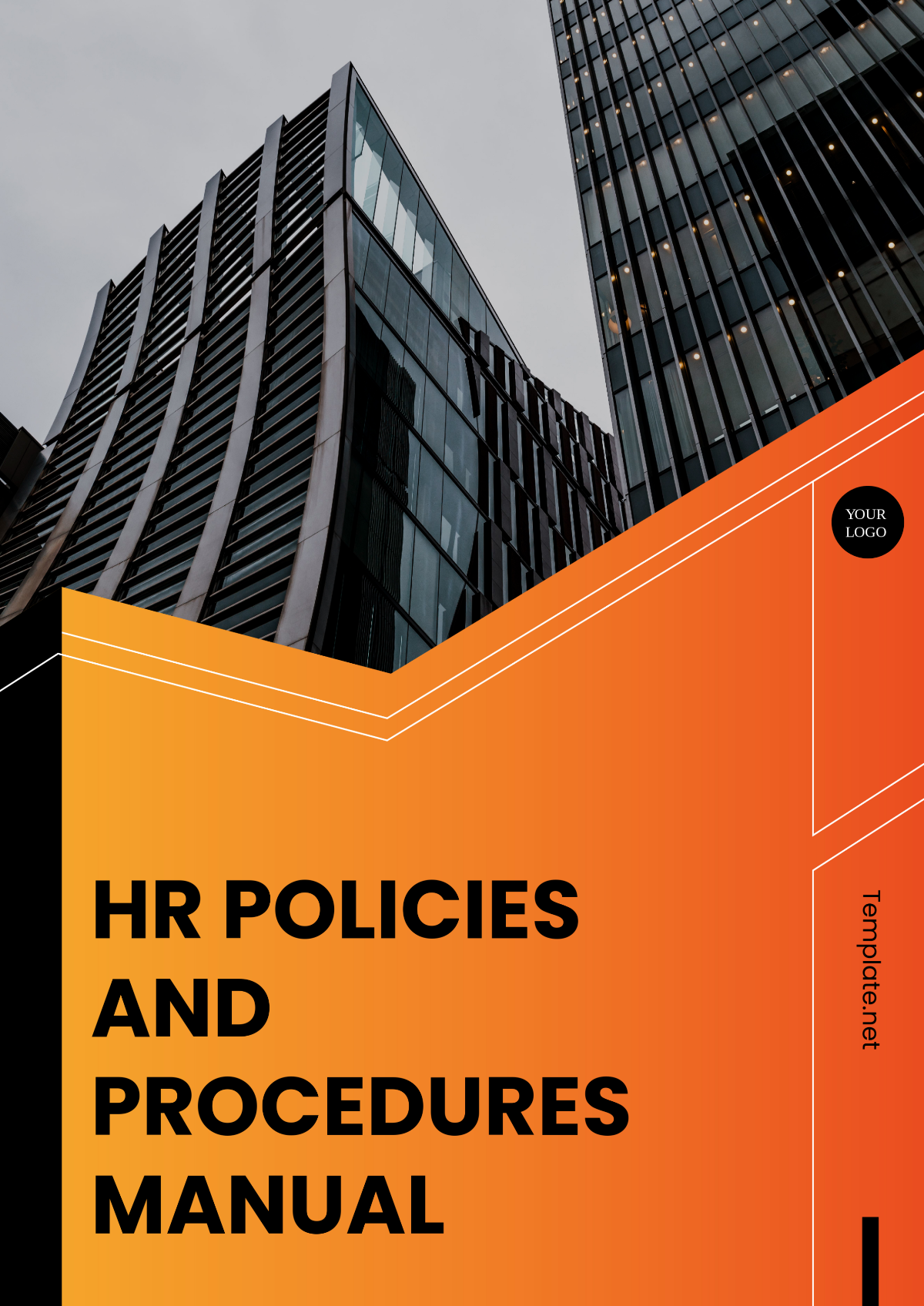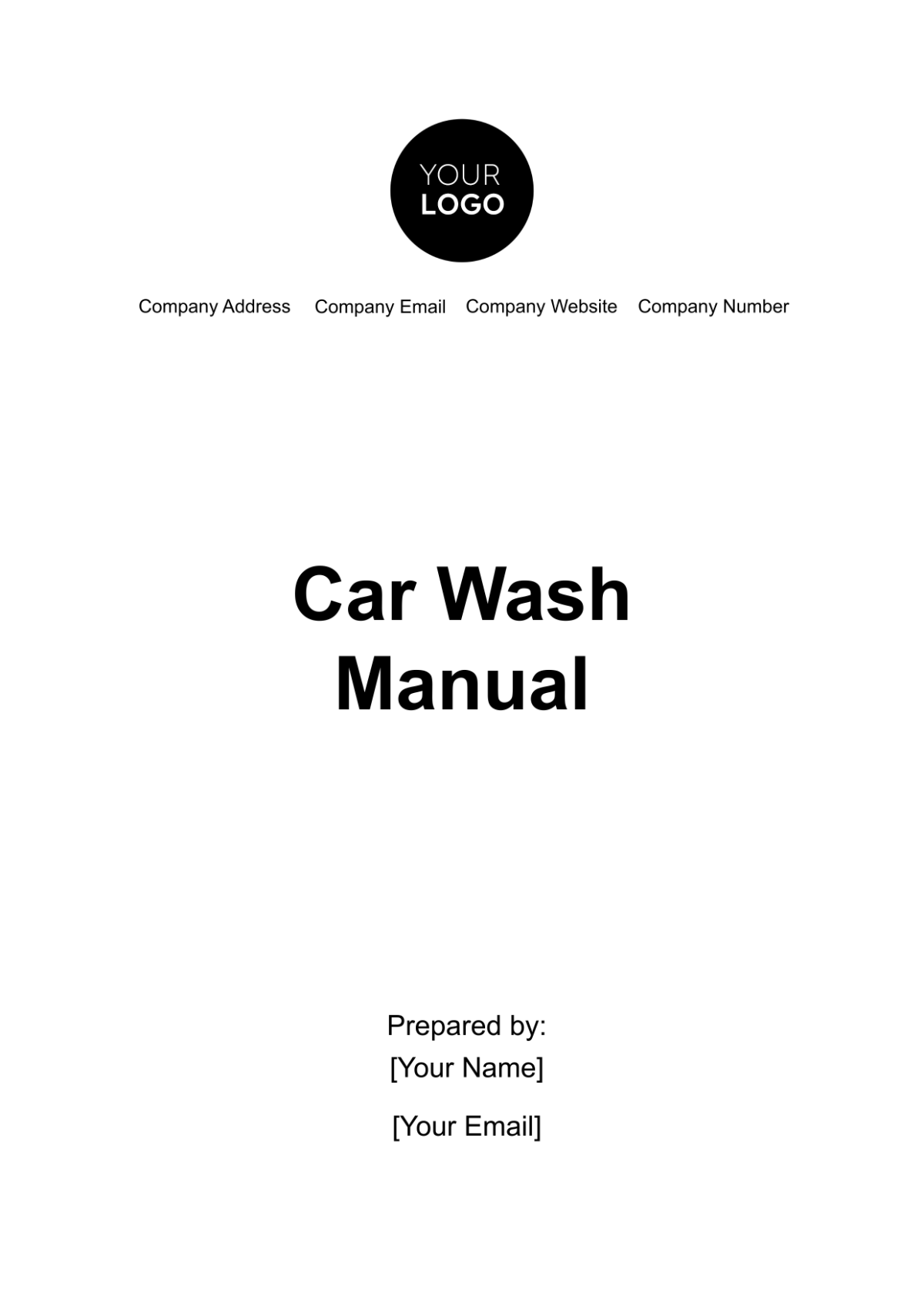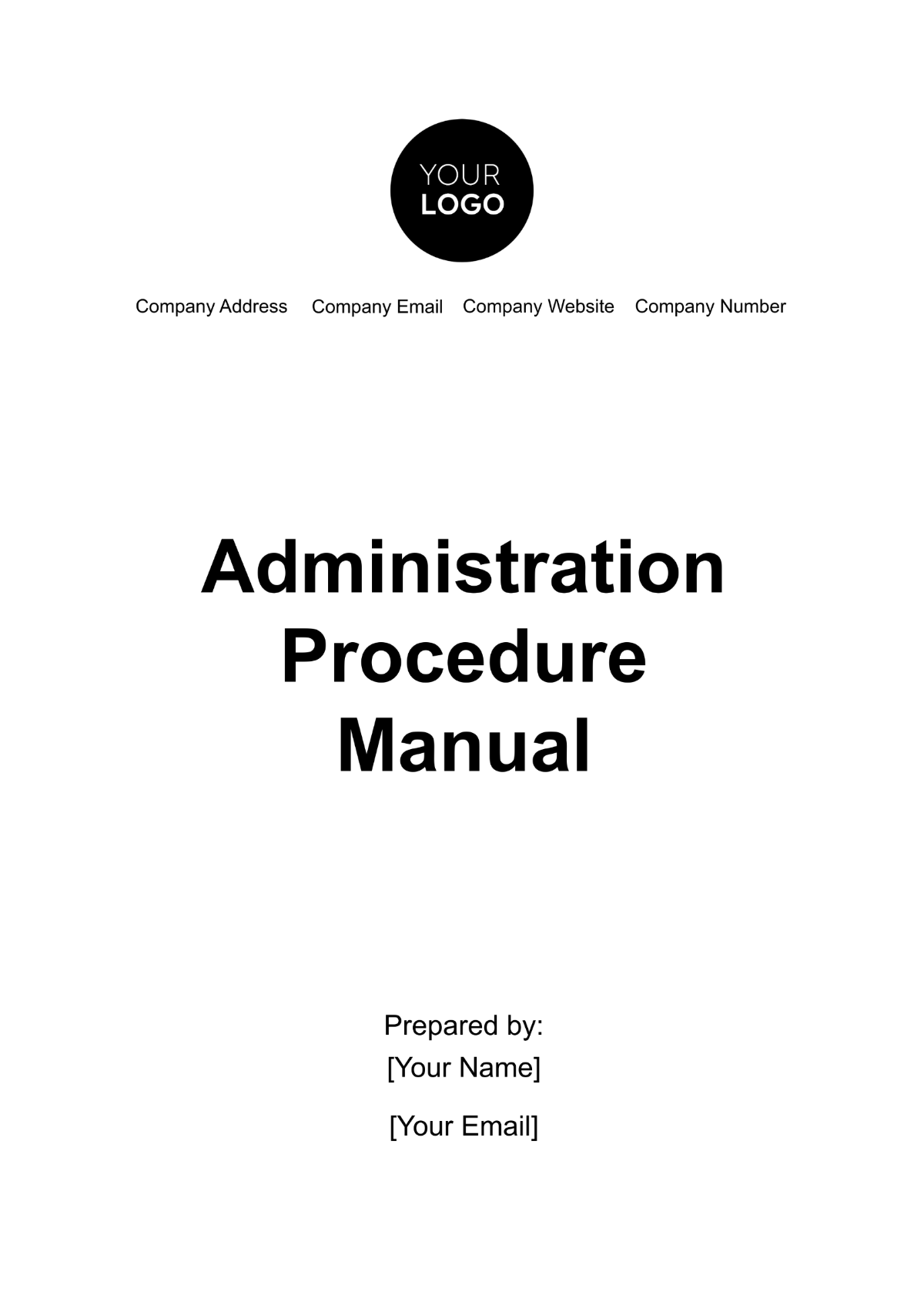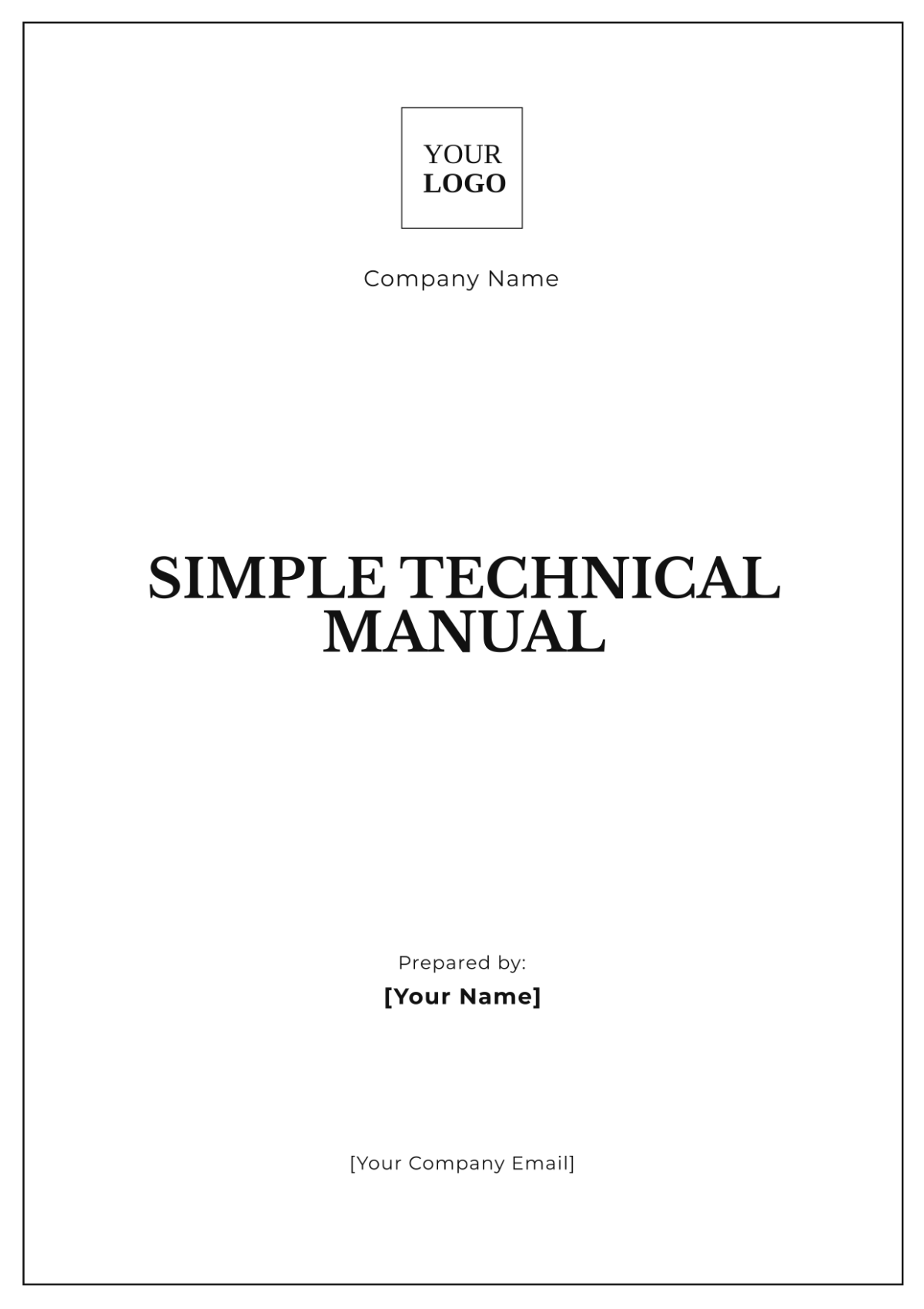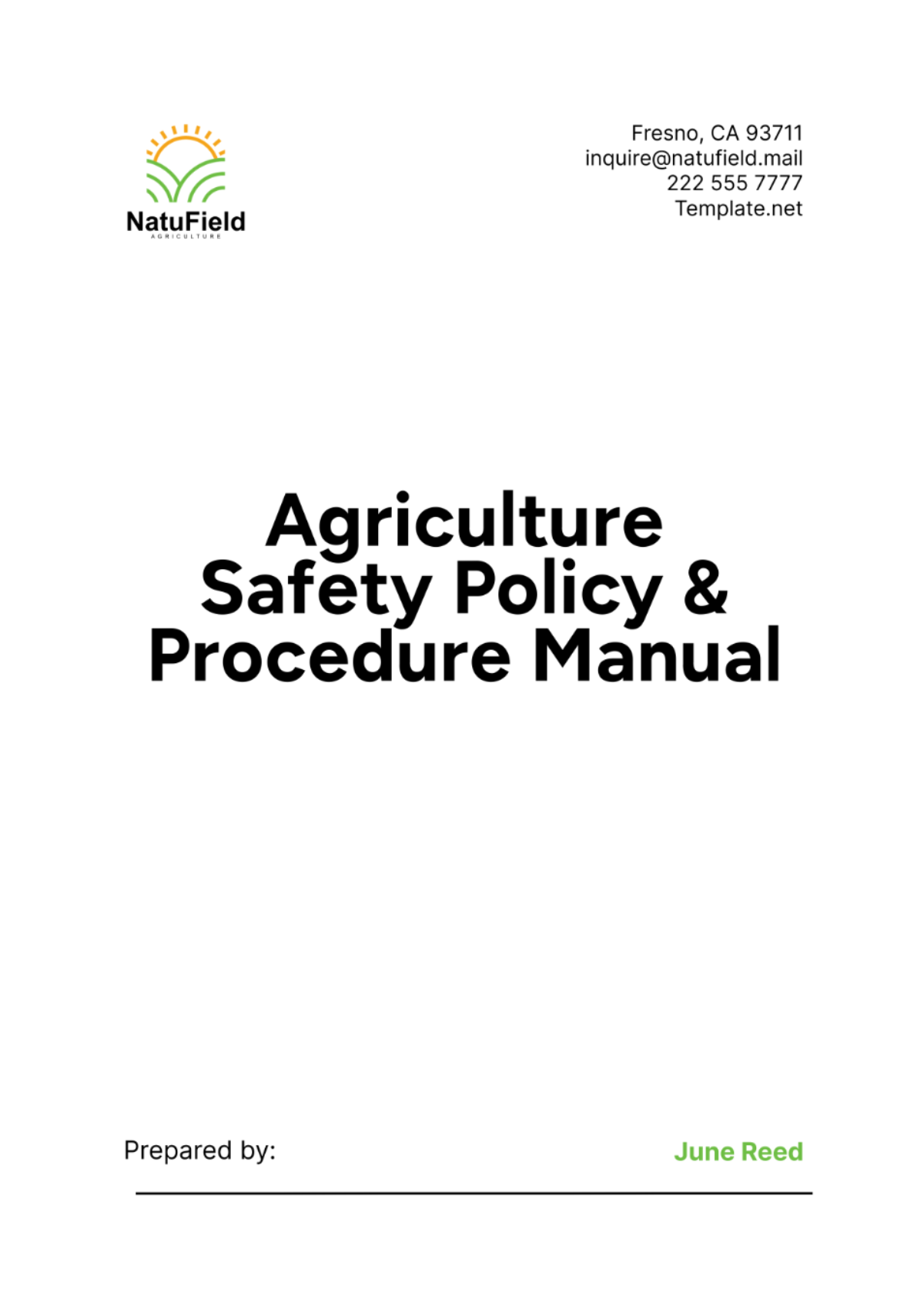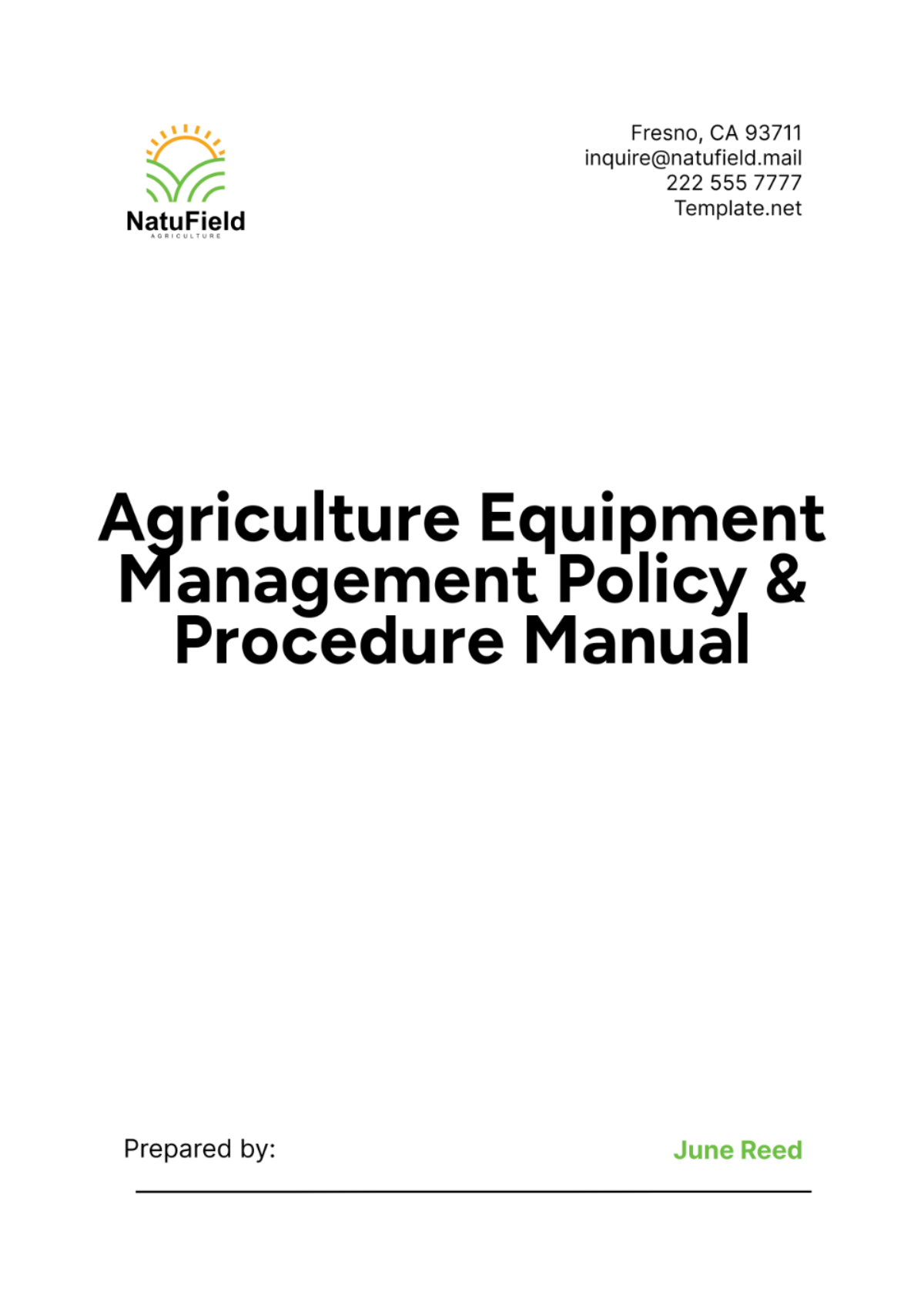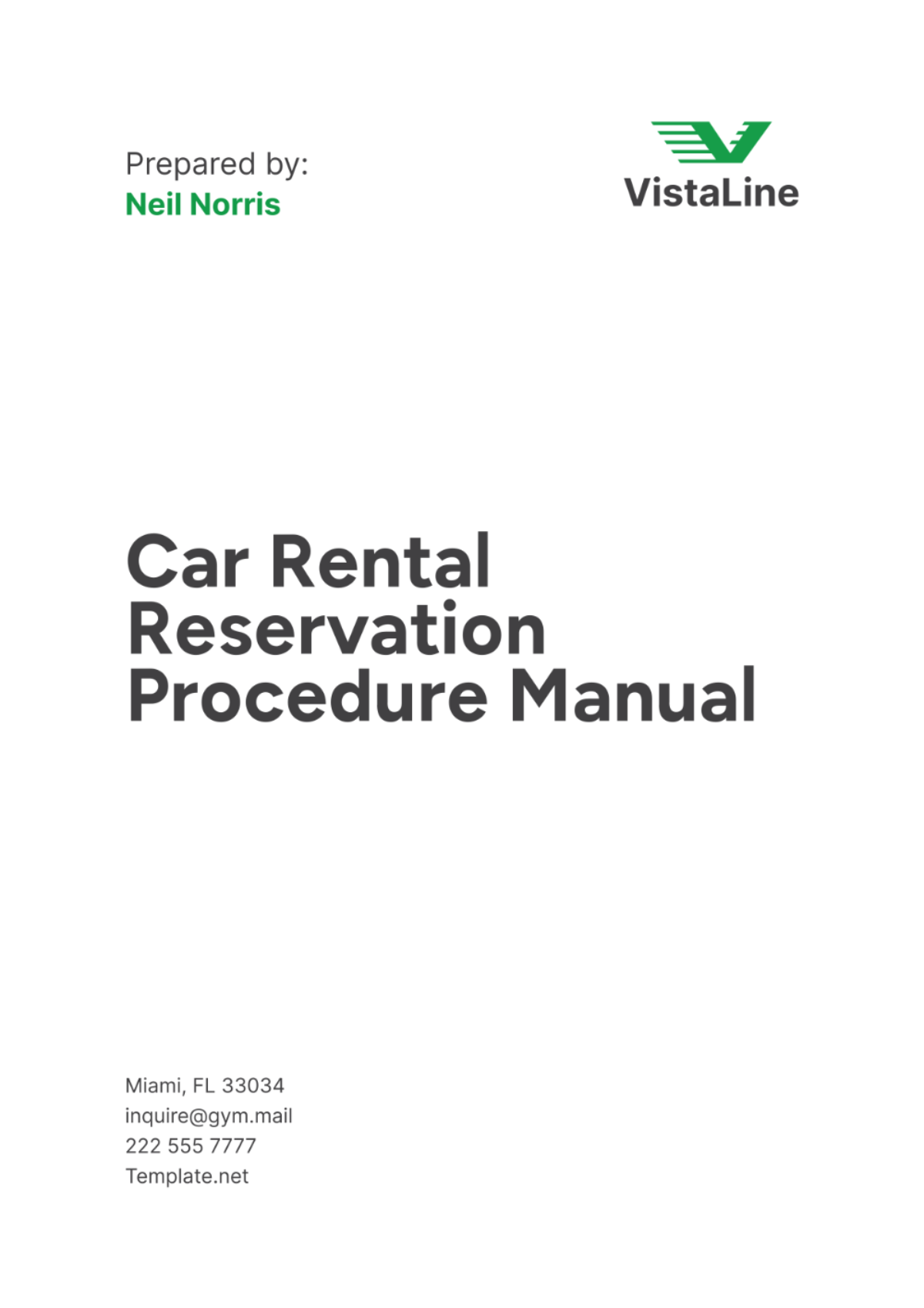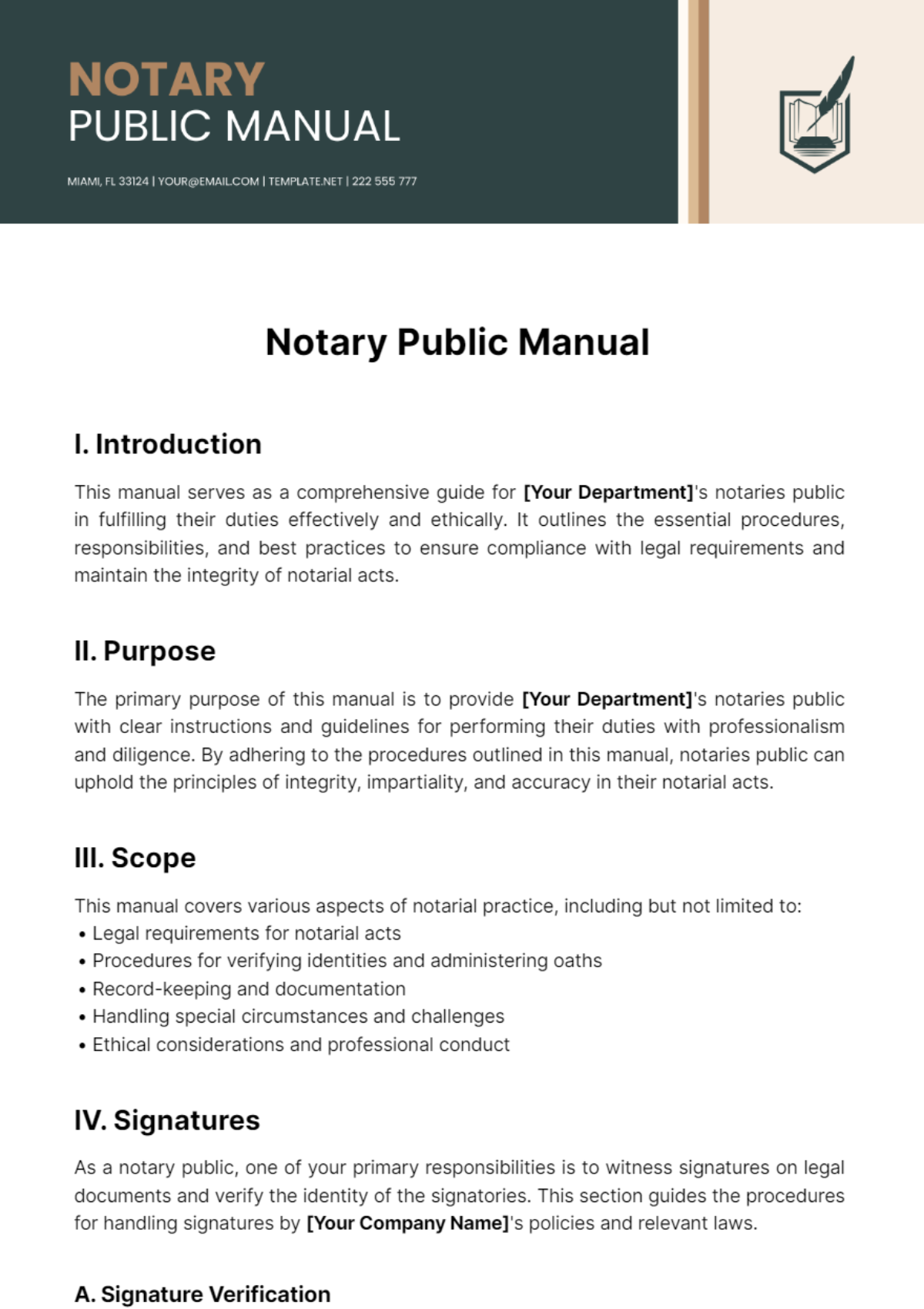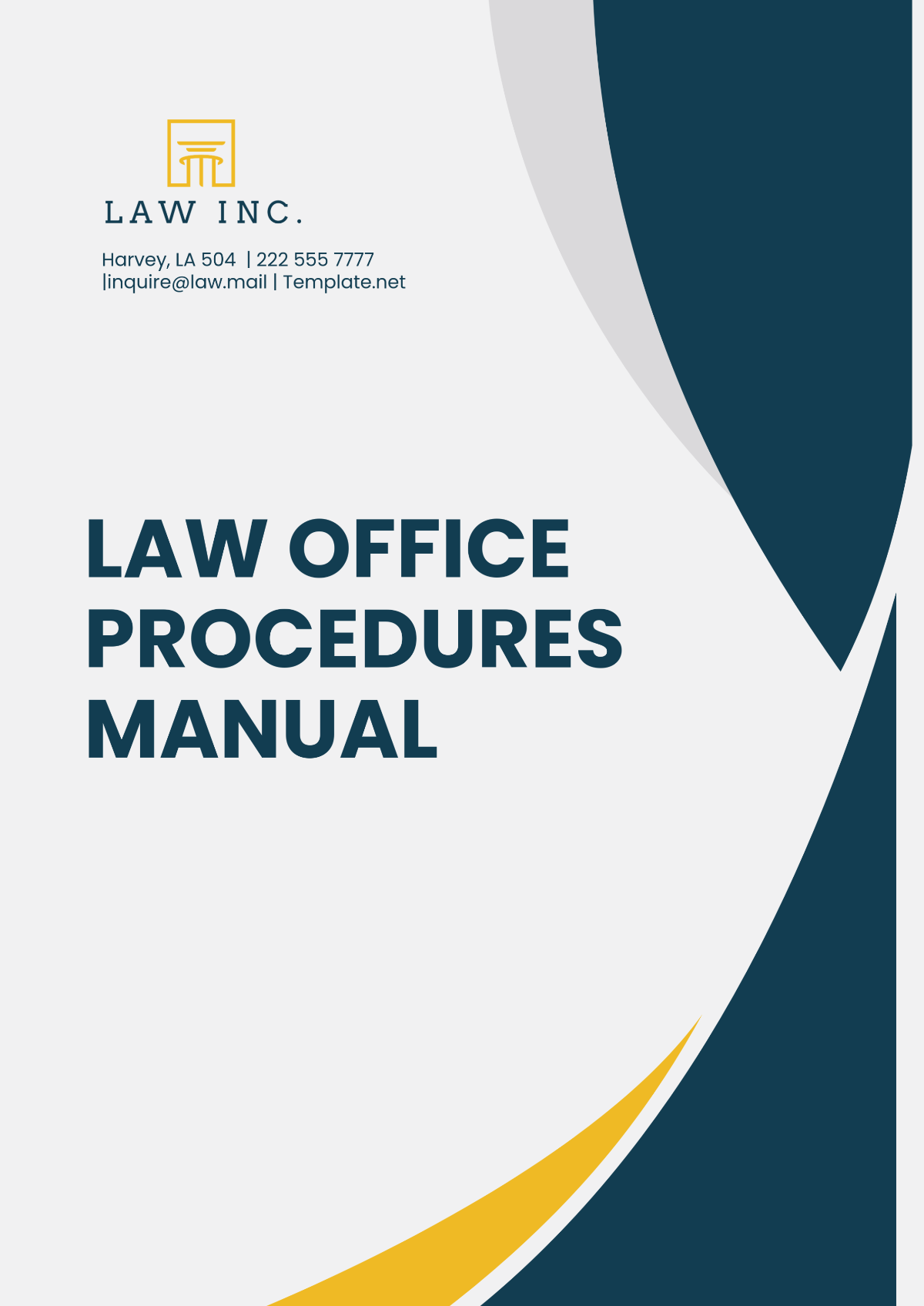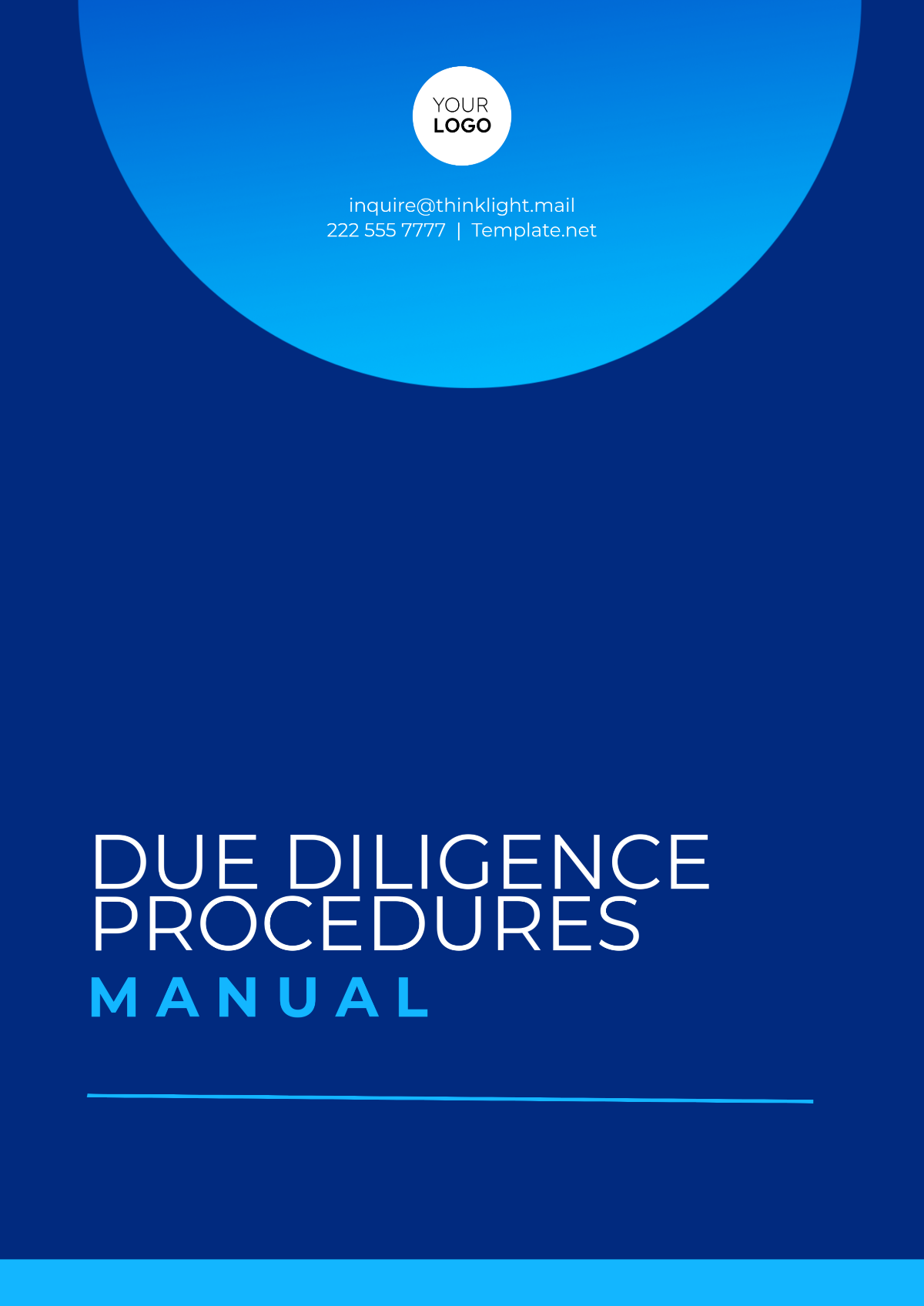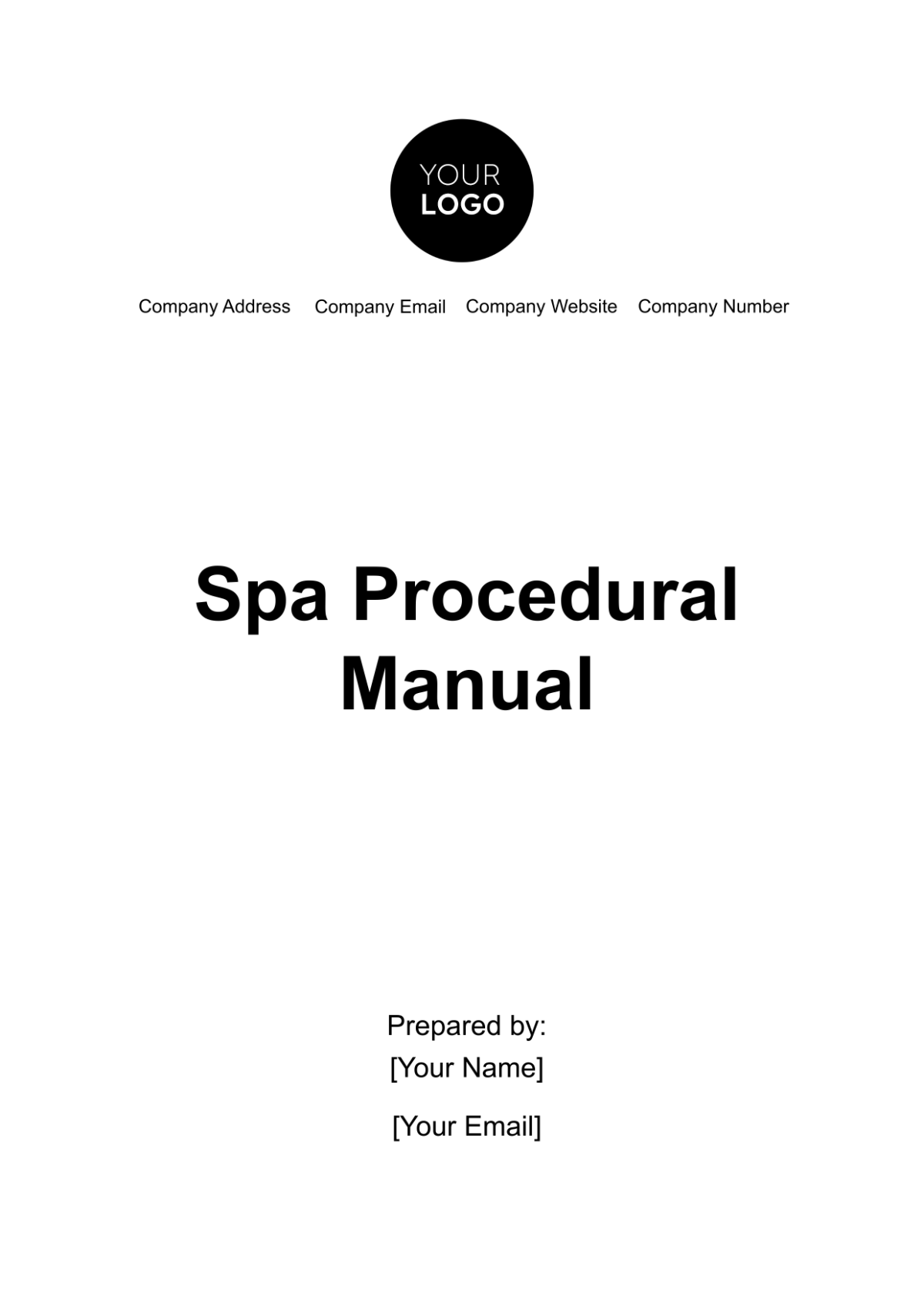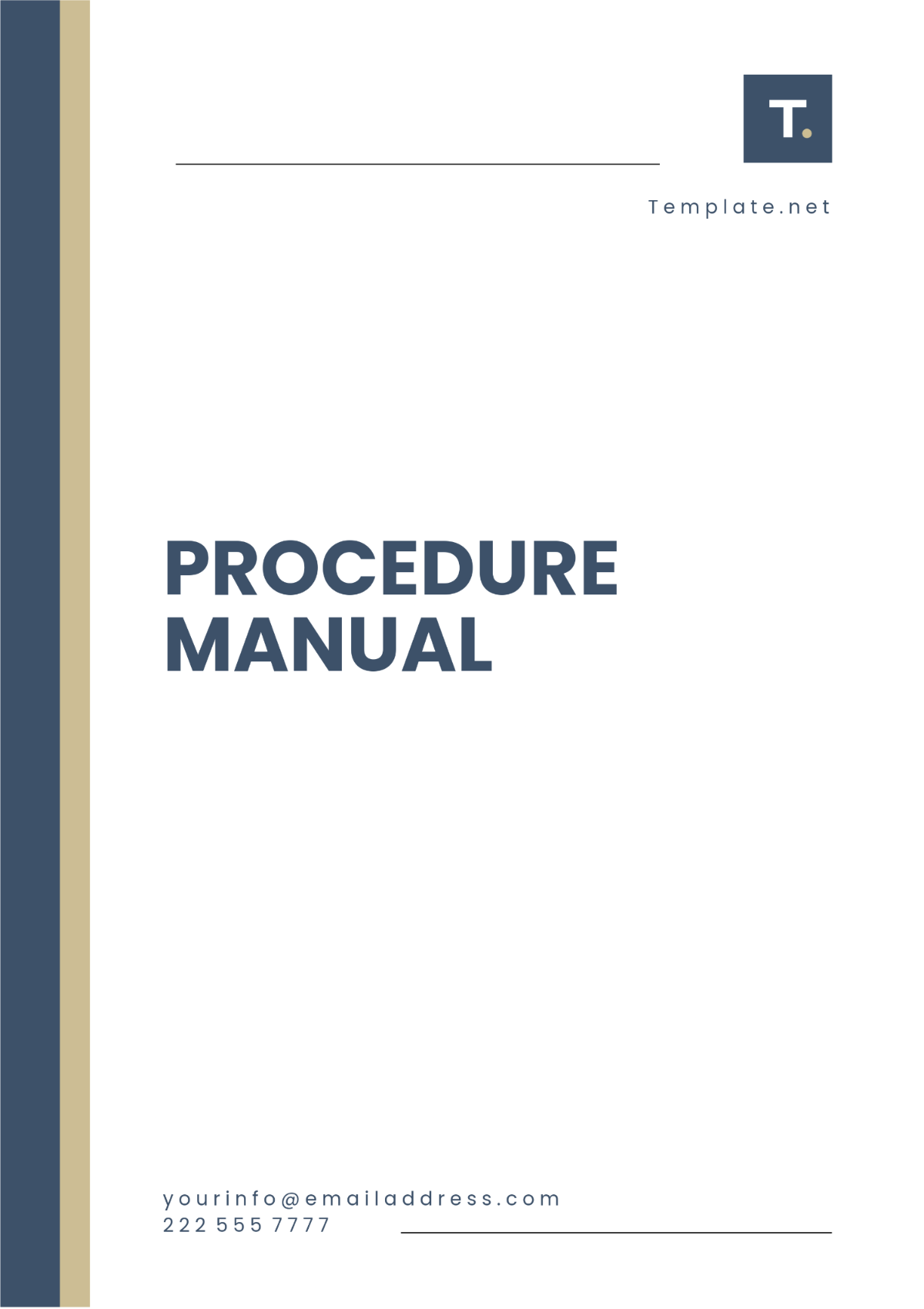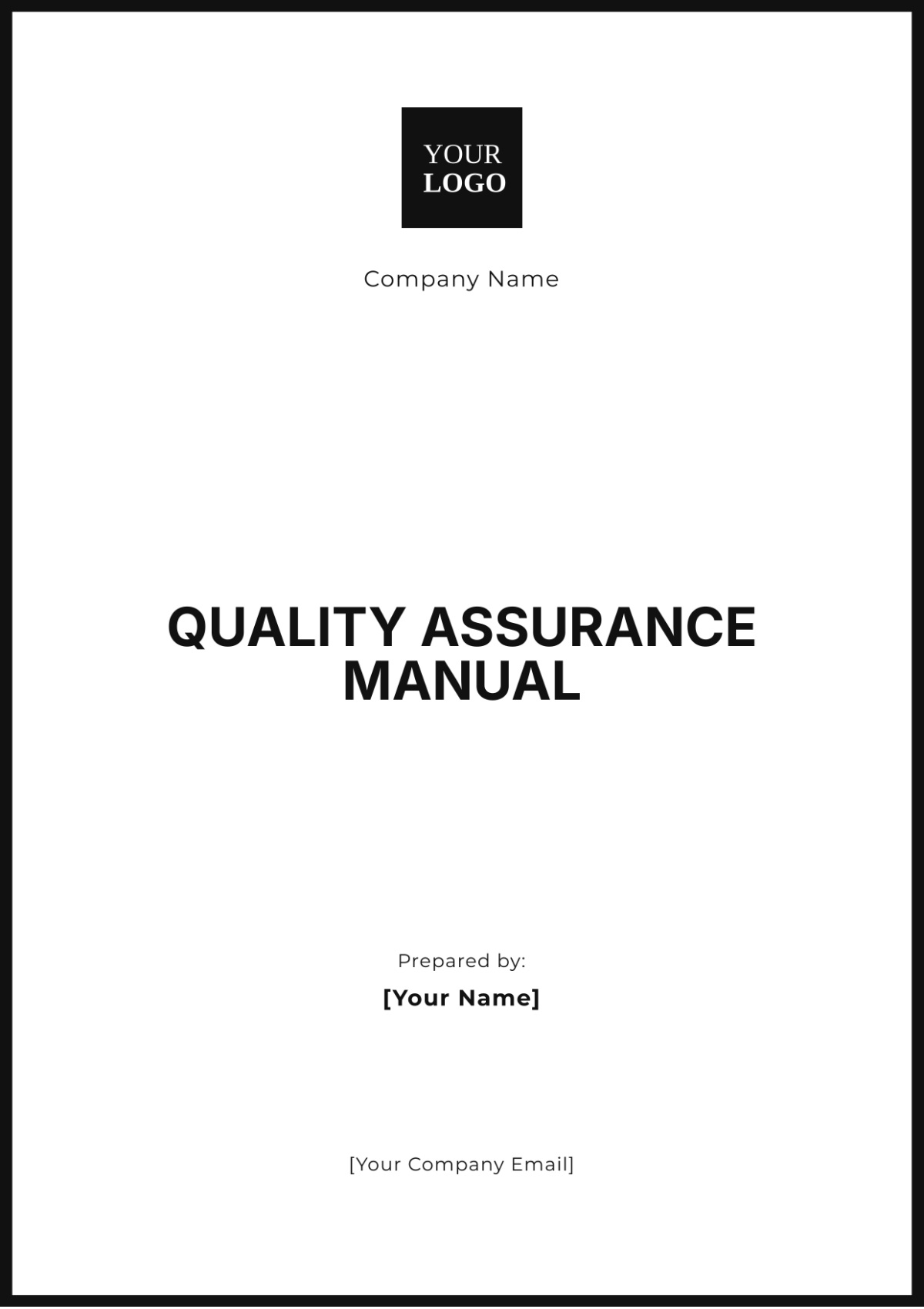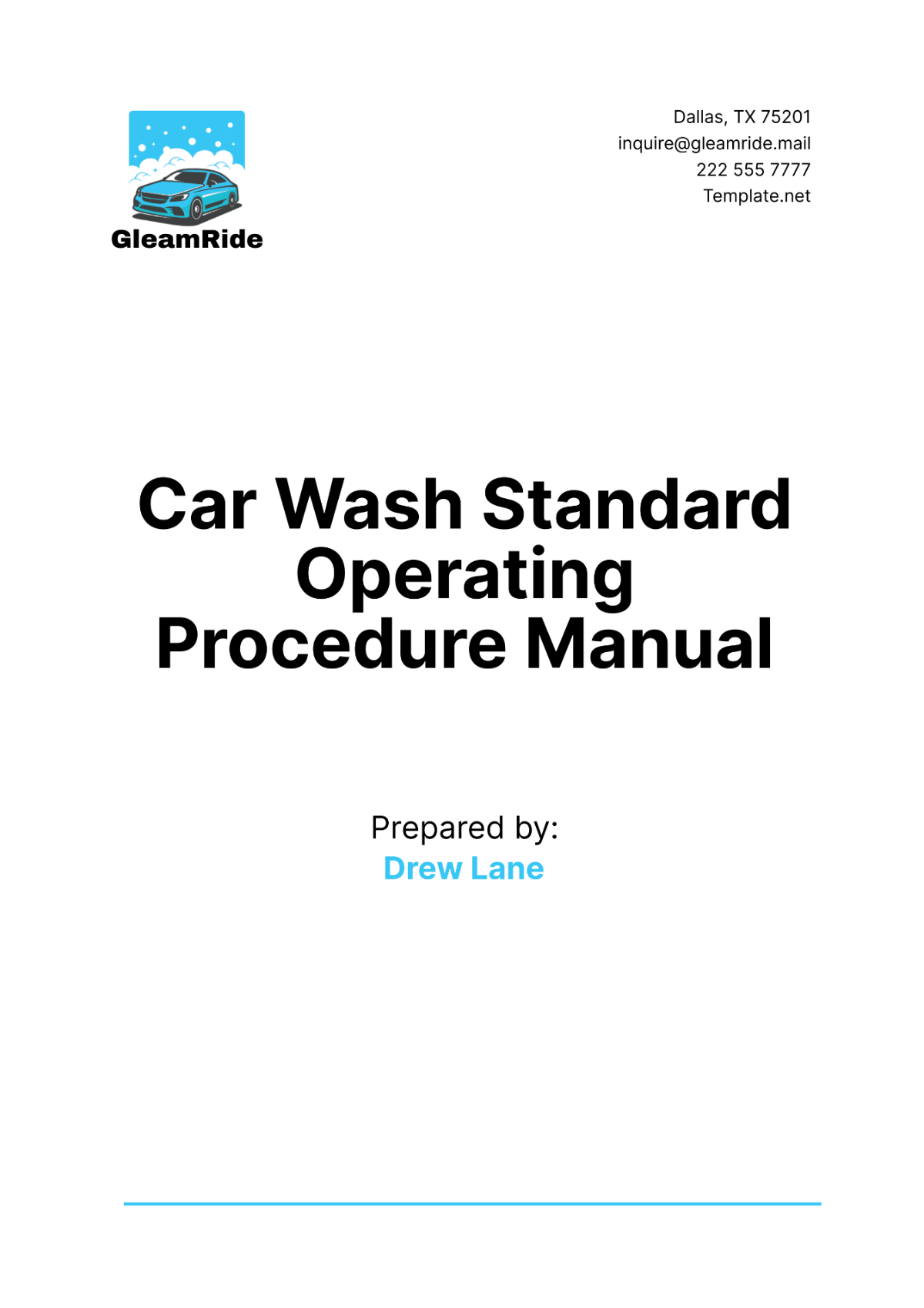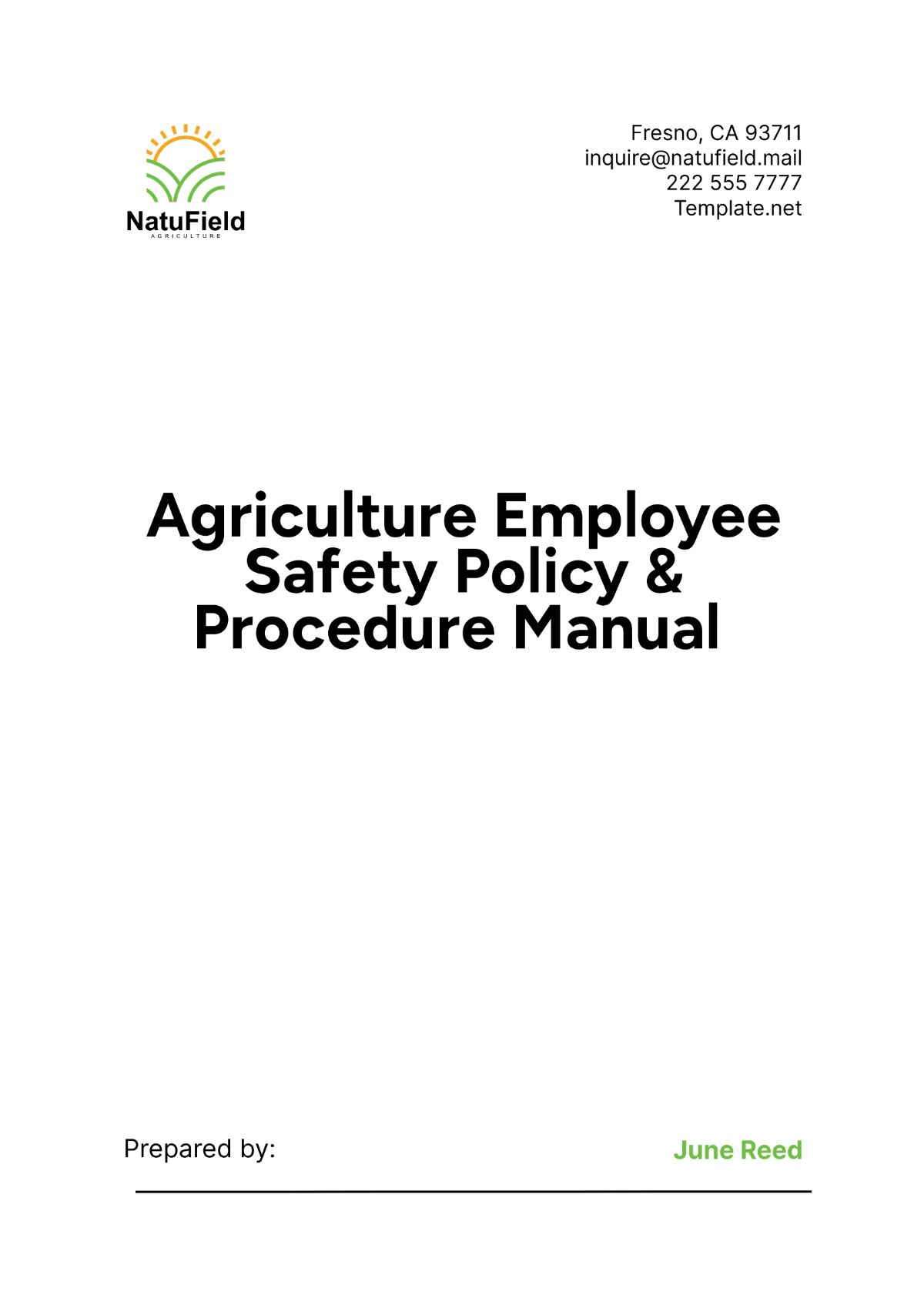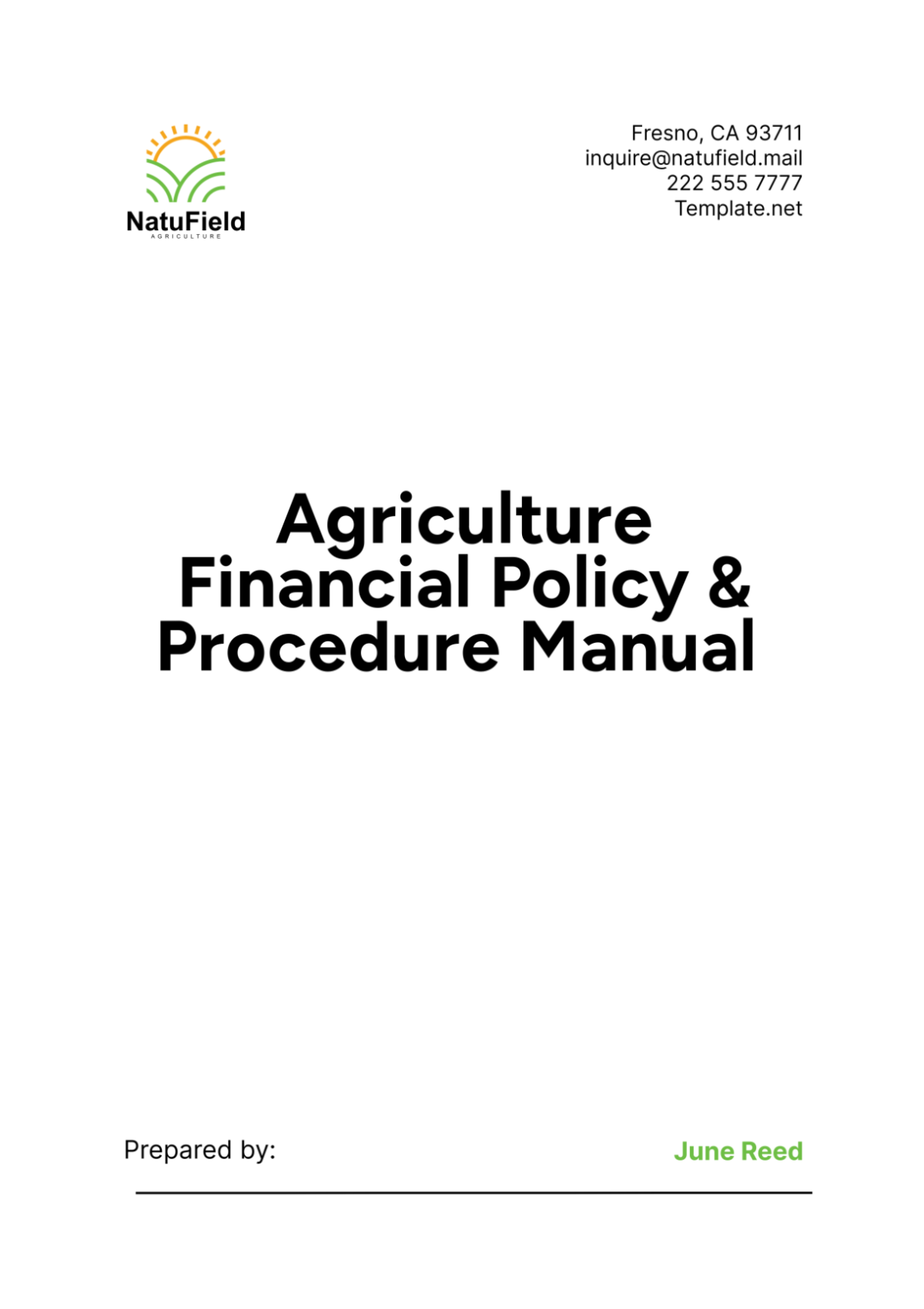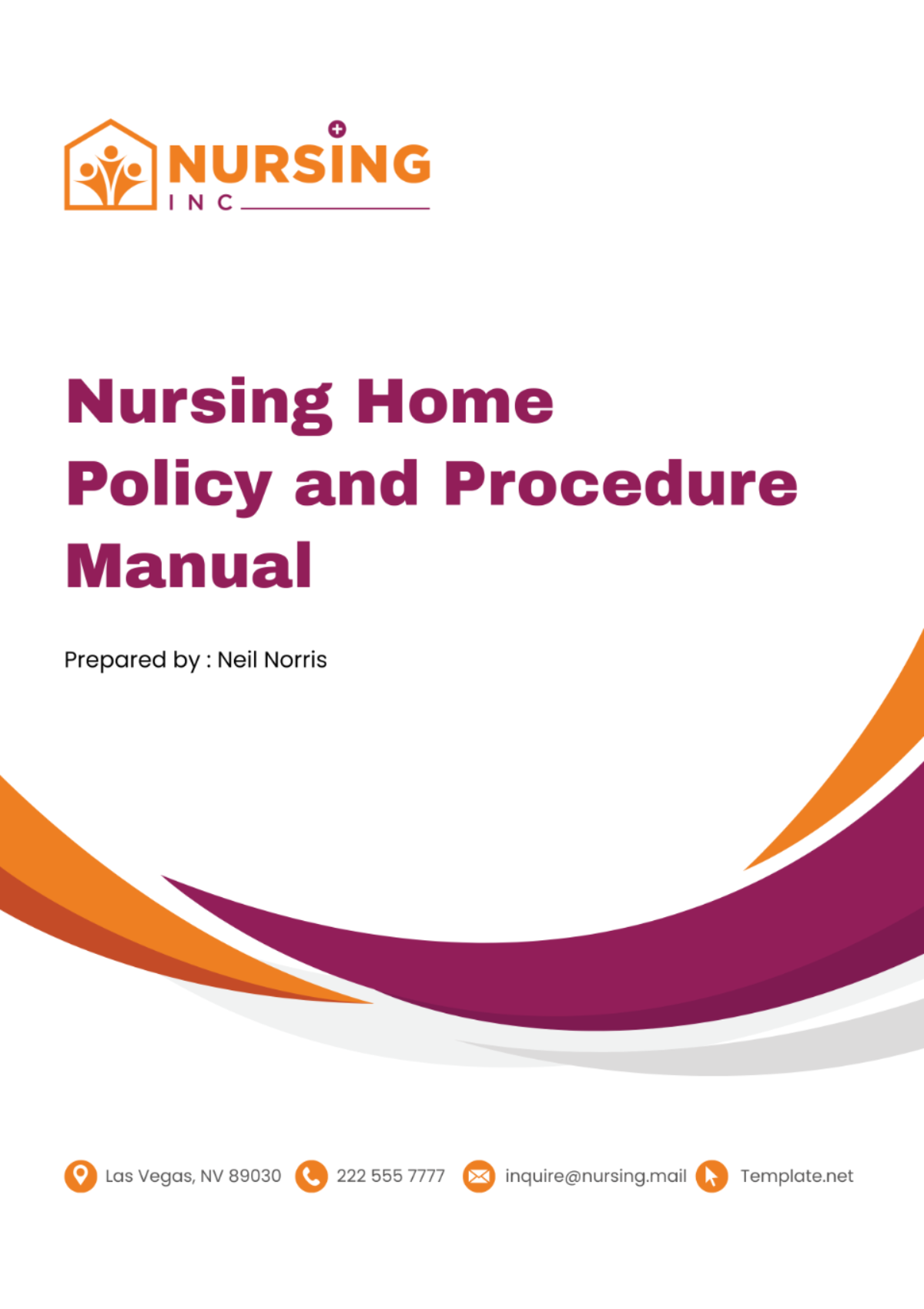Safety Policy & Procedure Manual
I. Introduction and Purpose
Overview of the Manual: | This manual serves as a key document outlining the safety policies and procedures at [Your Company Name]. It is designed to provide employees with clear guidelines on maintaining a safe work environment and adhering to safety best practices. |
Company Safety Philosophy: | [Your Company Name] is committed to ensuring the health and safety of all its employees. This commitment is rooted in our belief that every accident is preventable, and safety is an integral part of everyone's job. |
Applicability and Scope: | The policies and procedures outlined in this manual apply to all employees of [Your Company Name], across all departments and locations. Compliance with these guidelines is mandatory and essential for creating a safe workplace. |
II. Safety Policies
This section lays down the foundational rules and guidelines for maintaining workplace safety.
A. General Safety Policies
These include general workplace safety rules such as the proper use of safety equipment, adherence to posted safety signs, and maintaining a clean and organized work environment.
Policy Category | Description | Applicable To |
Use of Safety Equipment | Proper usage of personal protective equipment (PPE) | All Employees |
Safety Sign Adherence | Following instructions on safety signs and warnings | All Employees |
Workplace Cleanliness | Maintaining a clean and organized work environment | All Employees |
Emergency Procedures | Adherence to emergency exit routes and procedures | All Employees |
Reporting Hazards | Procedures for reporting any observed hazards | All Employees |
B. Specific Safety Policies
For specific areas like the manufacturing floor, there are additional policies regarding machinery operation, hazardous material handling, and specific PPE requirements.
Area/Department | Specific Policy | Details |
Manufacturing Floor | Machinery Operation Safety | Guidelines on safe machinery use, routine checks |
Laboratory | Hazardous Material Handling | Procedures for handling, storage, and disposal of hazardous materials |
Warehouse | Forklift Operation | Safety measures and operational procedures for forklifts |
Office Spaces | Ergonomics | Proper workstation setup, ergonomic practices |
Maintenance Department | Electrical Safety | Safe handling of electrical equipment, adherence to lockout/tagout procedures |
C. Compliance with Laws and Regulations
[Your Company Name]'s safety policies are designed to be in full compliance with OSHA standards, state safety regulations, and other relevant federal laws. Regular updates will be made to these policies to ensure ongoing compliance.
Regulation/Standard | Compliance Aspect | [Your Company Name] Policy Alignment |
OSHA Standards | General Workplace Safety | Policies aligned with OSHA guidelines for workplace safety |
State Safety Regulations | Region-specific Safety Requirements | Compliance with state-specific safety laws and regulations |
Environmental Protection | Waste Management and Pollution Control | Adherence to EPA guidelines and environmental safety standards |
Fire Safety Codes | Fire Prevention and Response | Alignment with national and local fire safety codes |
Health Standards | Occupational Health Requirements | Compliance with occupational health standards for various roles |
III. Safety Procedures
These procedures are detailed instructions and guidelines to ensure safe operations and responses during emergencies.
A. Routine Safety Procedures
These include daily checklists for equipment safety checks, guidelines for proper lifting techniques, and procedures for reporting potential hazards.
Procedure Type | Description | Frequency/Trigger |
Equipment Safety Checks | Inspection of machinery and equipment for safety | Daily or before use |
Proper Lifting Techniques | Guidelines to avoid physical strain and injury | As needed during lifting tasks |
Hazard Reporting | Process for reporting observed hazards | Upon observation of potential hazards |
Workspace Cleanliness | Keeping work areas clean and organized | Daily and as needed |
PPE Usage | Proper use and maintenance of personal protective equipment | As required in specific tasks |
B. Emergency Procedures
Detailed steps for evacuation during fires, procedures for medical emergencies, and responses to other potential crises like chemical spills or natural disasters.
Emergency Type | Steps | Notes/Details |
Fire Evacuation | Evacuation routes, assembly points, roll call | Fire drills are to be conducted semi-annually |
Medical Emergency | First aid steps, emergency contacts, hospital transportation | First aid kits available in designated areas |
Chemical Spill | Containment procedures, evacuation if necessary | Specific training for handling hazardous materials |
Natural Disaster Response | Shelter-in-place or evacuation procedures | Procedures vary depending on the disaster type |
Power Outage | Safety checks, use of emergency lighting | Backup power systems in critical areas |
C. Reporting and Documentation
Processes for reporting accidents and safety incidents, including immediate reporting requirements, documentation forms, and subsequent investigation procedures.
Incident Type | Reporting Requirement | Documentation/ Investigation |
Accidents | Immediate reporting to supervisor or safety officer | Accident report form, investigation process |
Safety Incidents | Report as soon as the incident is observed | Incident report form, corrective action plan |
Near Misses | Report immediately, even without injury | Near-miss report form, analysis for prevention |
Health Concerns | Report symptoms or concerns to HR or safety officer | Medical evaluation form, follow-up procedures |
Equipment Malfunction | Report immediately to maintenance | Maintenance request form, investigation for cause |
IV. Roles and Responsibilities
This section clarifies the roles and responsibilities of various members within [Your Company Name], ensuring a clear understanding of everyone's part in maintaining workplace safety.
A. Management Responsibilities
Senior management, including department heads, is responsible for implementing and enforcing safety policies within their areas. They must ensure that all employees receive adequate safety training and that the workplace adheres to safety regulations. Furthermore, they are tasked with providing the necessary resources to maintain a safe environment, such as safety equipment and training materials.
B. Employee Responsibilities
All employees are required to follow the safety procedures outlined in this manual. This includes wearing personal protective equipment (PPE) as needed, adhering to safe work practices, and reporting any hazards or incidents immediately to their supervisor or the safety officer. Employees are also expected to participate in safety training sessions and drills.
C. Safety Officer/Committee Roles
The Safety Officer or Safety Committee plays a critical role in overseeing the company's safety program. Their duties include conducting regular safety inspections, coordinating safety training sessions, investigating accidents to identify causes, and recommending improvements. They also serve as a point of contact for employees' safety concerns and suggestions.
V. Training and Education
Effective training and education are key to a successful safety program. This section outlines the various training initiatives and resources provided to ensure that all employees are well-informed and skilled in safety practices.
Safety Training Programs: [Your Company Name] provides comprehensive safety training to all employees. New hires undergo an orientation program that covers basic safety rules, emergency procedures, and specific hazards relevant to their job.
Additionally, all employees are required to attend annual refresher courses to stay updated on safety practices. Specialized training sessions are also conducted for employees working in high-risk areas or with hazardous materials.
Educational Resources: A range of educational resources is available to employees, including detailed safety manuals, online learning modules, and regular safety newsletters. These resources cover various topics such as first aid, fire safety, ergonomic practices, and the correct use of PPE. Employees are encouraged to utilize these resources to enhance their understanding of workplace safety.
Record Keeping and Monitoring: Accurate record-keeping is essential for tracking the effectiveness of the safety training programs. Attendance and completion records are maintained for all training sessions. The Safety Officer periodically reviews these records to ensure compliance and identify areas where additional training may be needed. Employee feedback is also collected post-training to assess the program's effectiveness and make necessary improvements.
Prepared by:
[Your Name]
[Your Job Title]
[Your Company Name]
© [Year] [Your Company Name]. All Rights Reserved.












